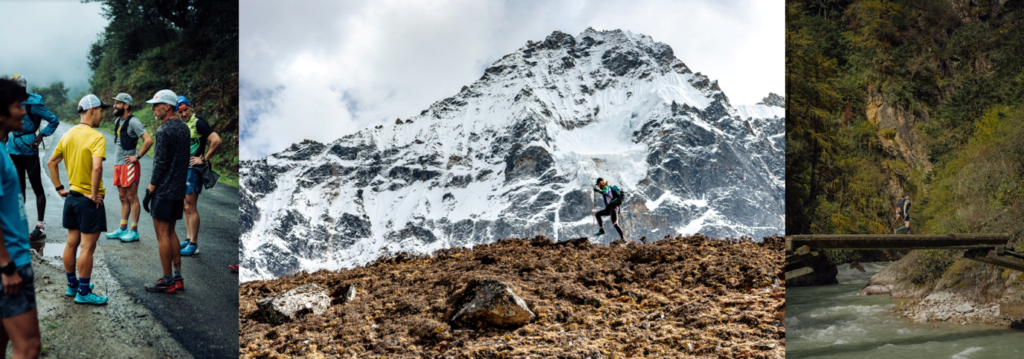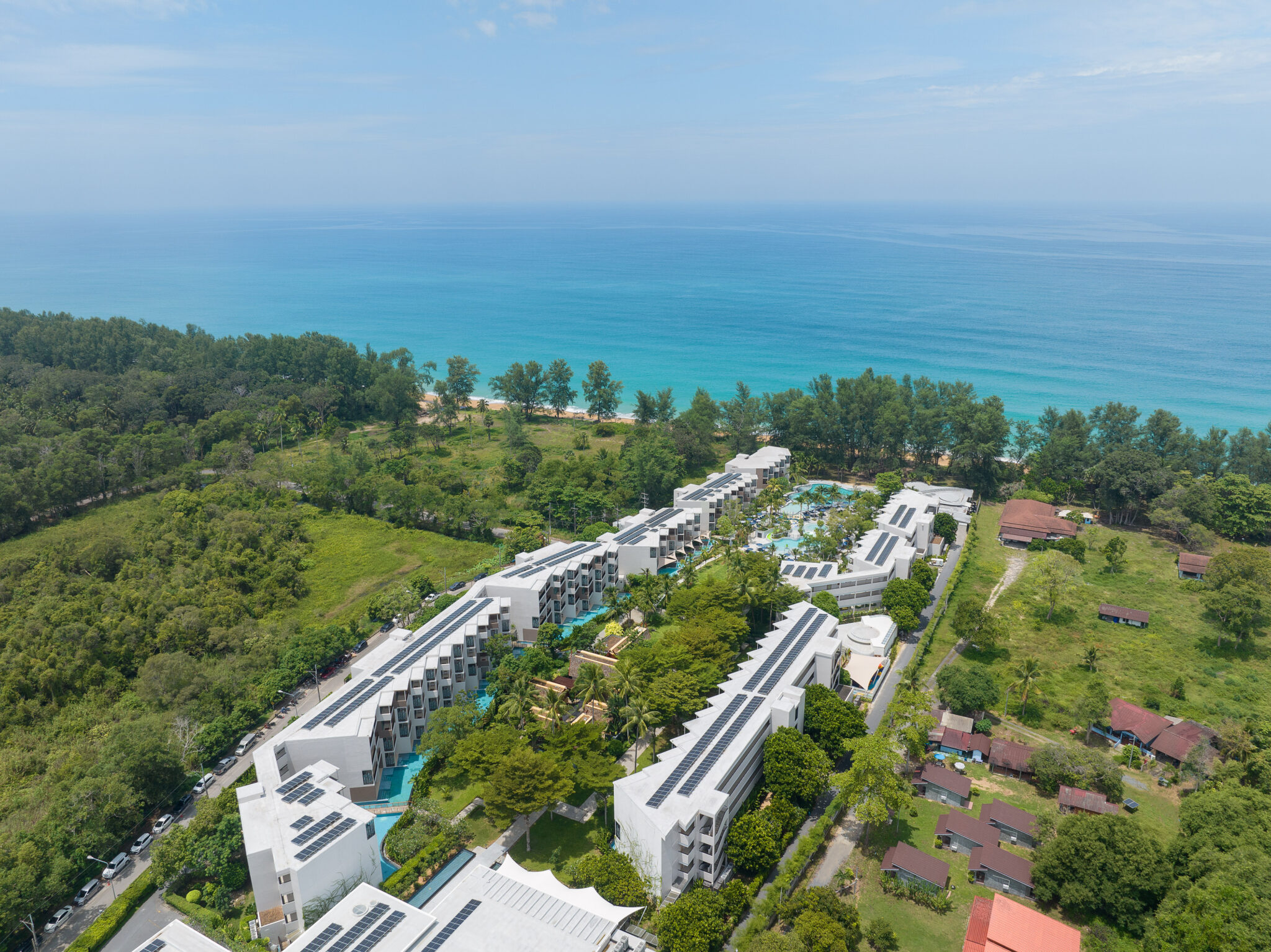
Department of Tourism (DoT) Bhutan, on behalf of the Snowman Race Secretariat, has successfully hosted the first ever Snowman Race. Billed as the world’s most challenging ultra-marathon, which took place between 13th to 17th October 2022 in Bhutan.
A total of 29 endurance athletes, including nine Bhutanese runners, competed over 203 kilometres (125 miles) across five days at an oxygen-sparse average of 4,500m (14,800 feet) with the highest point of 5,470 metres (17,946 feet). Dubbed as the world’s toughest race, the trail has been completed by fewer people than have summited Mt. Everest, and normally requires between 20-25 days to complete.
An initiative conceived by His Majesty The King of Bhutan, the Snowman Race aims to generate greater awareness about the climate emergency. Bhutan’s fragile ecosystem makes it highly vulnerable to the adverse impacts of climate change, exposing the country annually to increasing calamities such as landslides, unpredictable weather changes and a rapidly changing ecosystem.
The ultra-marathon featured athletes from the USA, Canada, Japan, Australia, France, Germany, Singapore, Tanzania, Switzerland, and the United Kingdom, as well as nine from Bhutan. International athletes were selected by a team of professionals, who trained themselves under the supervision of the Snowman Race production, and every athlete was acclimatized to the rugged and elevated topography before competing in the Race.
The Race navigates the most challenging trekking route in Bhutan, the Snowman Trail, passing through some of the most stunning areas in the Kingdom including the remote Lunana area; A seldom-visited community of nomadic herders living between glaciers. Competitors will also traverse the base of Gangkhar Puensum, the world’s highest unclimbed mountain (and Bhutan’s tallest peak at 7570m/ 24,836ft).
The route straddles the mountain passes between Gasa Dzong and Chamkhar Town in Bumthang, and in places reaches altitudes of 5470m (17,946 ft). The trail takes in two of the largest national parks in the country, the Jigme Dorji National Park and the Wangchuck Centennial Park. Both parks represent the most biodiverse areas of the eastern Himalayas and stretch from deciduous forest to ice fields and glaciers, and are home to several incredibly rare and protected flora and fauna.



 share
share


















































